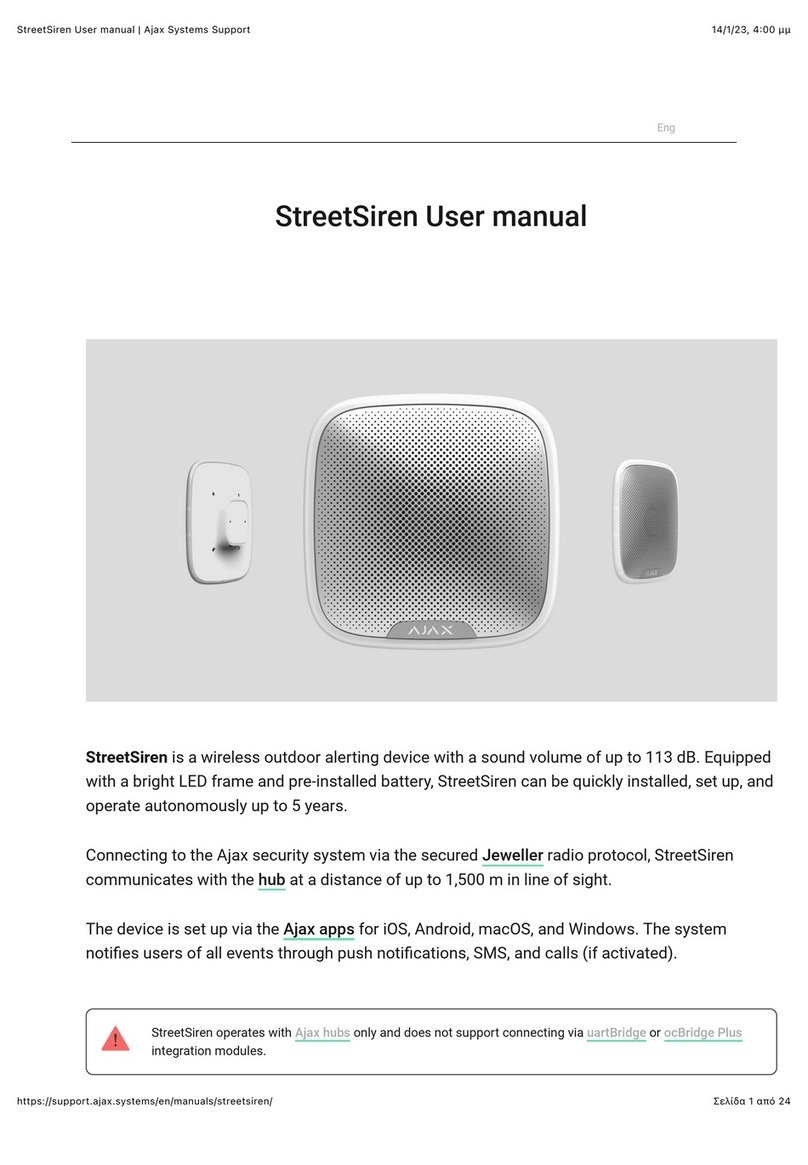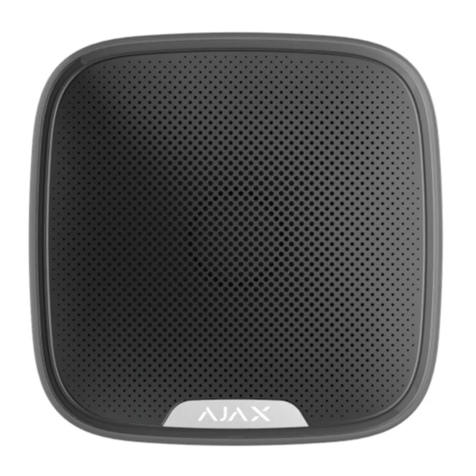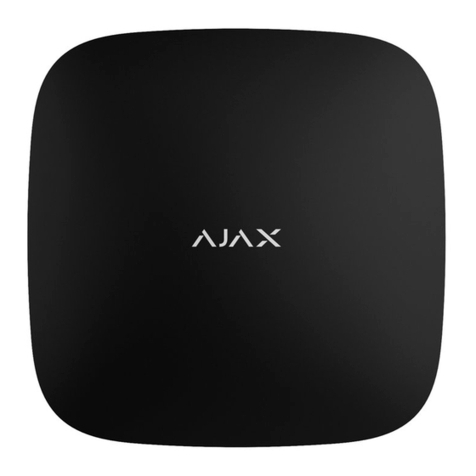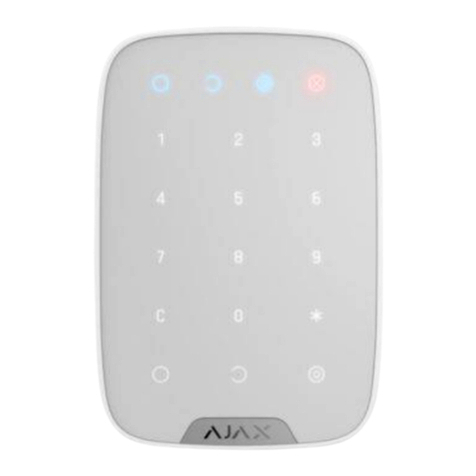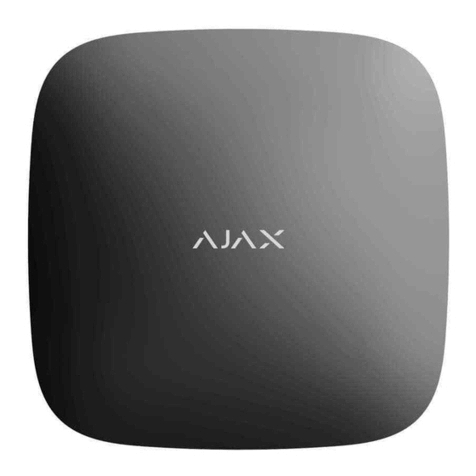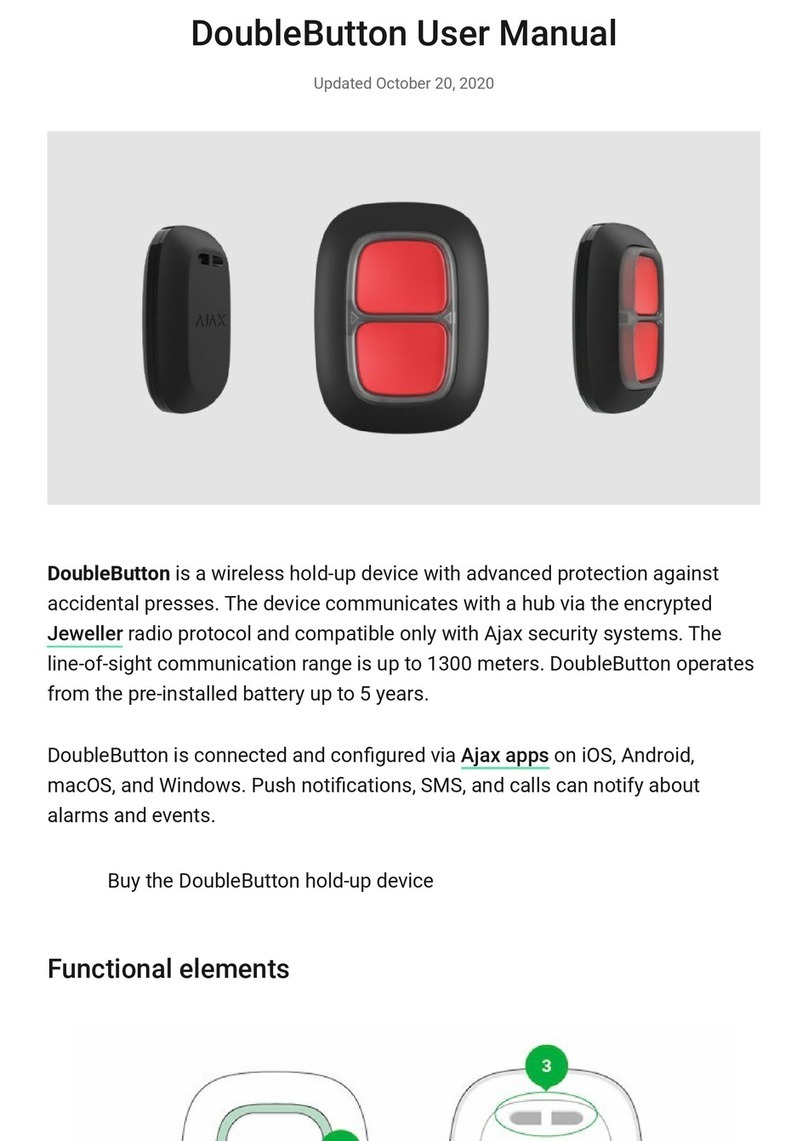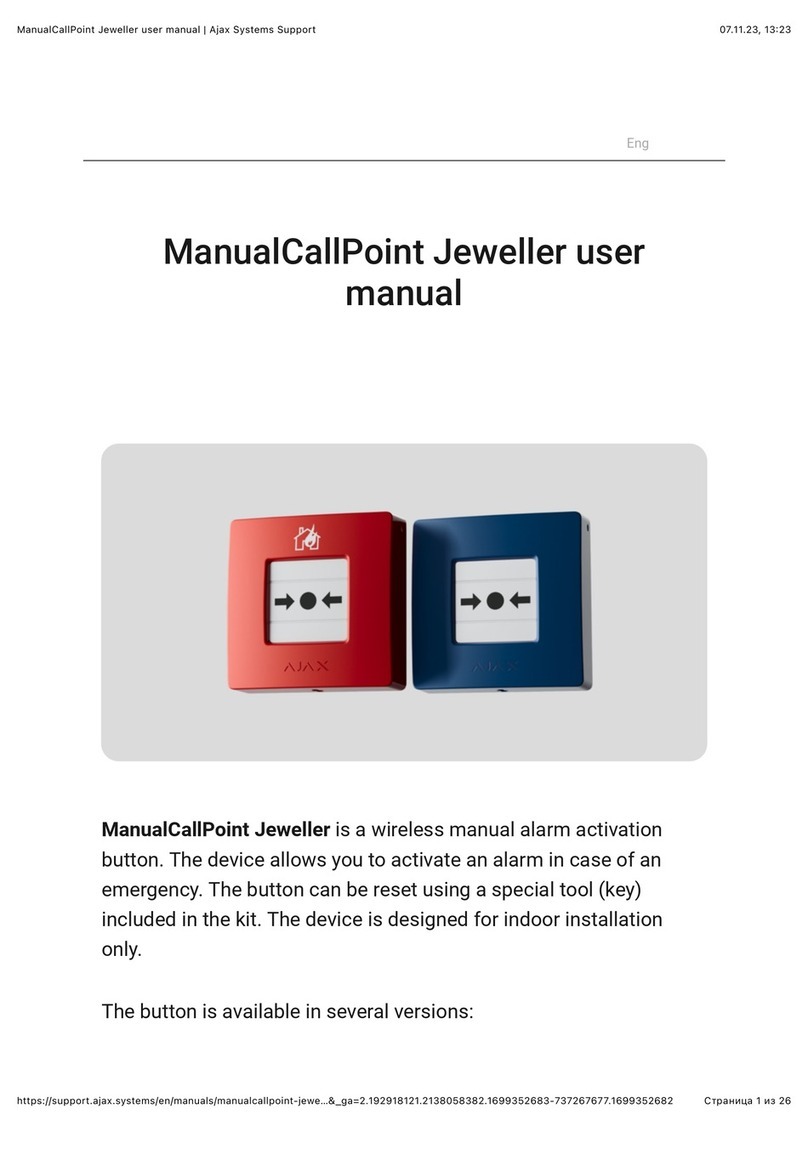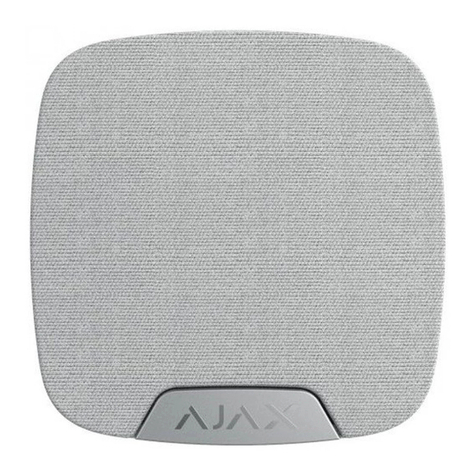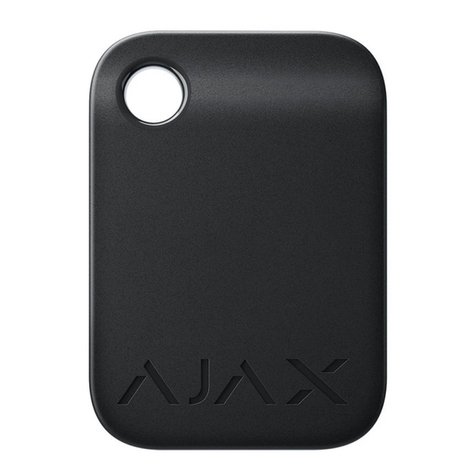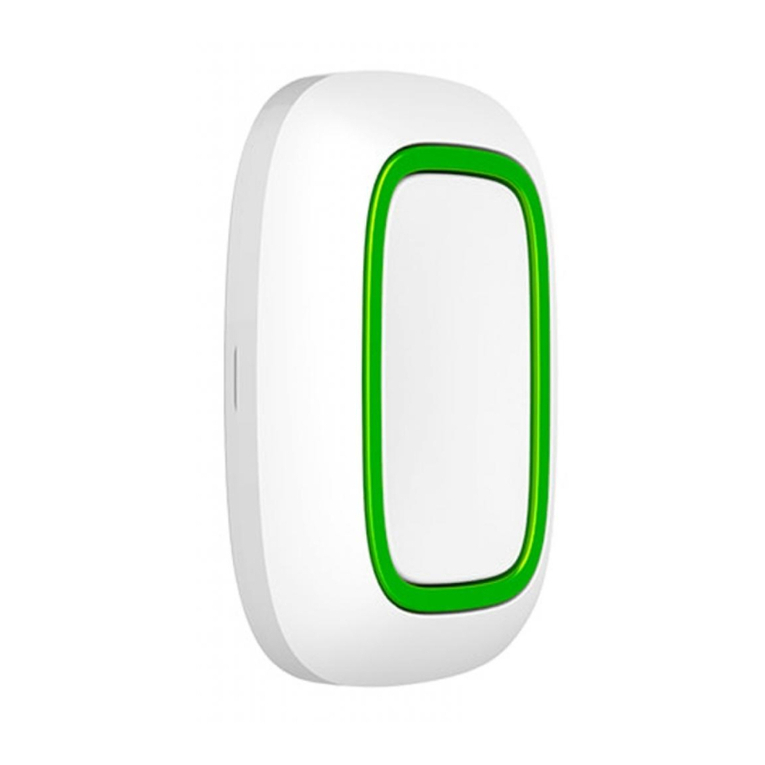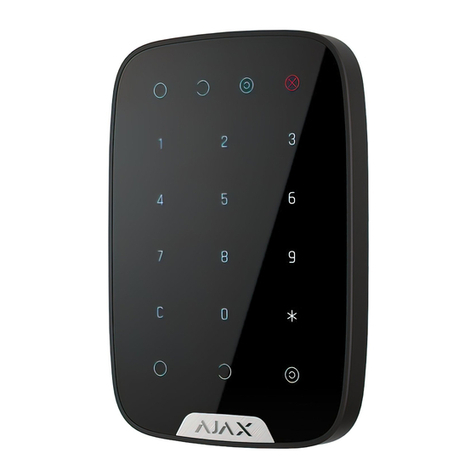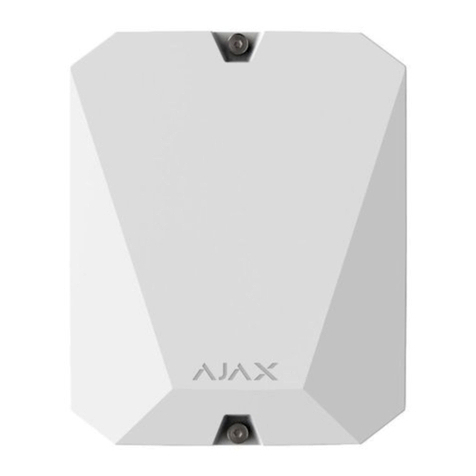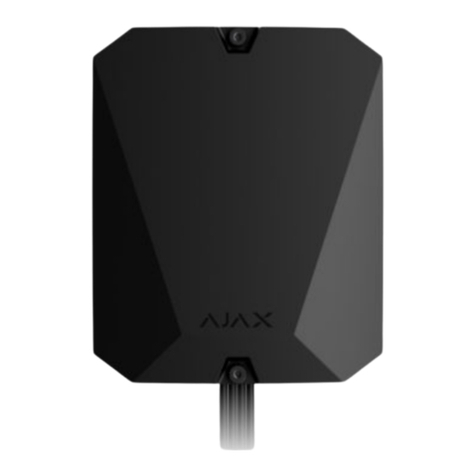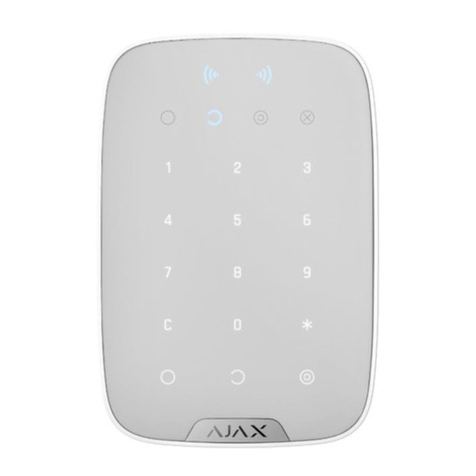StreetSiren Fibra withstands heat, cold, and temperature drops. The siren is
protected from rain and snow and can be installed on the facade of the building
without a canopy. The enclosure is IP54 certied.
The recommended installation height is 2.5 meters or more. This will make it
harder for intruders to access the device in case of an attempted sabotage. If
the siren cannot be placed at this height, it can be installed lower.
Consider the placement recommendations when designing your facility’s
security system. Design and installation of the security system should be
carried out by professionals. A list of authorized ocial Ajax partners is
.
Design and preparation
For the system to work correctly, it is important to properly design the project
and install all devices correctly . Failure to follow the basic installation rules and
recommendations of this manual may result in detector malfunction, false
alarms, or loss of connection with already installed devices.
When designing the layout scheme of the detectors, consider the wiring diagram
of the power cables laid on the site. Signal cables must be laid at a distance of
at least 50 cm from the power cables when lying parallel, and, if they intersect, it
must be at a 90° angle. Note that, if you connect multiple devices on the same
bus, detectors are connected in sequence.
The maximum number of connectable devices for the Hub Hybrid is 100 at the default
settings.
How to calculate the number of connectable detectors (in progress)
For facilities that are under construction or renovation, cables are laid after the
main wiring of the facility. Use protective tubes to route system cables to
organize and secure the cables; ties, clips, and staples can be used to secure
them.
When laying cables externally (without mounting them inside the walls), use an
electric channel raceway. Raceways should be no more than half-lled with
available here
